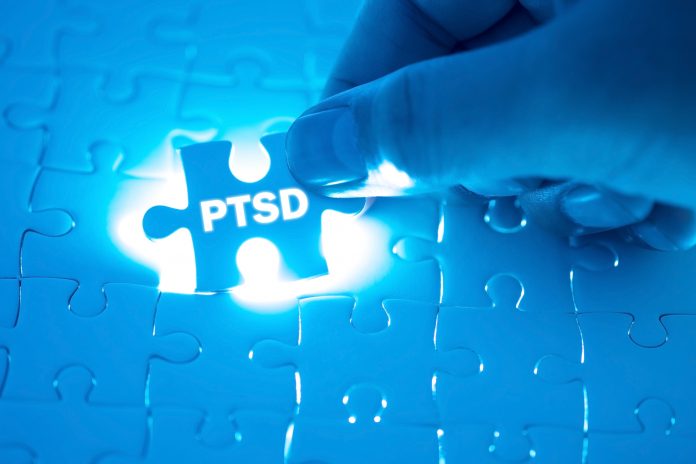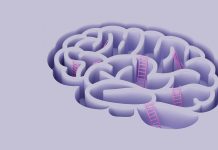Researchers have found that neurofeedback may be an effective treatment for people with post-traumatic stress disorder (PTSD)
Researchers from Lawson Health Research Institute and Western University conducted a study, published in NeuroImage: Clinical, and discovered that neurofeedback, also known as ‘brain training’, may be an effective treatment for individuals with post-traumatic stress disorder (PTSD).
Neurofeedback uses a system called a neurofeedback loop to measure a person’s brain activity through sensors placed on the scalp which are then displayed back to them using a computer interface.
Dr Ruth Lanius, scientist at Lawson, professor at Western’s Schulich School of Medicine & Dentistry and psychiatrist at London Health Sciences Centre, explains:
“Brain connectivity involves different parts of the brain communicating with each other and helps to regulate states of consciousness, thought, mood and emotion. Individuals with PTSD tend to have disrupted patterns of brain connectivity, but our research suggests they can exercise their brains to restore patterns to a healthy balance.”
Neurofeedback treatment trial
During the trial, 36 participants with PTSD and 36 healthy participants were examined. Of those with PTSD, 18 received neurofeedback treatment over the course of 20 weeks whilst the other 18 acted as a comparison group.
The study found that the severity of PTSD symptoms decreased in participants randomly selected to receive neurofeedback treatment and 61.1% no longer met the definition for PTSD.
fMRI
The research team also used functional magnetic resonance imaging (fMRI) at St. Joseph’s Health Care London to capture brain scans before and after the trial.
They found that participants with PTSD experienced positive changes in brain connectivity in the salience network and the default mode network following neurofeedback treatment.
Dr Andrew Nicholson, affiliated scientist at Lawson and assistant professor at McMaster University, said:
“The salience network is involved in detecting threat as part of the ‘fight or flight’ response. It is normally hyperactive in individuals with PTSD. Meanwhile, the default mode network is activated during rest and is involved in autobiographical memory. We often see that this network is less active during rest and functionally disrupted among individuals with PTSD. Neurofeedback helped restore the functional connectivity of both networks to healthier levels.”
Participants were asked to reduce the intensity of the brain’s dominant brain wave – the alpha rhythm. Brain activity was visualized as either a still cartoon or a distorted picture. If the alpha rhythm was successfully reduced, the cartoon started playing or the picture started becoming clearer.
“Participants were not instructed on how to reduce the alpha rhythm. Rather, each individual figured out their own way to do so,” adds Dr Lanius. “For example, individuals reported letting their mind wander, thinking about positive things or concentrating their attention.”
“Neurofeedback could offer an accessible and effective treatment option for individuals with PTSD. The treatment is easily scalable for implementation in rural areas and even at home”, concludes Dr Lanius.











